The Case For American (Automotive) Exceptionalism

When did Americans start thinking the car-guy grass was greener on the other side of an ocean? Was it Tokyo Drift that did it, or was it David E. Davis’ thinly-veiled advertising copy for the BMW 2002 in the pages of the as-yet-un-revered Car and Driver? Perhaps it was the majestic Mercedes W108 that turned the trick, or James Dean’s Porsche, or the image of the overpaid, oversexed American aviator carelessly flinging an MG down a British B-road in the Lend-Lease era.
Regardless of when it happened, we all know that it did happen. Nearly every young automotive enthusiast wishes he could drive the ‘Ring, storm the Stelvio Pass, or deliver some tofu in a sticker-speckled hachi-roku. We’ve all imagined ourselves as steely-eyed arbiters of lane discipline on the Autobahn or standing-mile madmen nonchalantly betting a hundred grand on our chances down an Armco-lined two-lane on the dismal outskirts of Moscow.
Don’t be fooled. The United States of America has been, and continues to be, the greatest place in the world for a regular guy (or girl) to fall in four-wheeled love. Here’s why.
Let’s start with freedom. Yes, the enforcement of speed limits has become a for-profit business in many parts of America, and the EPA/DOT Axis Of Evil conspires to prevent us from owning Mitsuokas and R34 Skylines, but Americans are still generally free to purchase and own pretty much anything they can afford, and the taxation level on automobiles is, by international standards, virtually nonexistent. Hell, in South Carolina, the entire tax and tariff burden on a new car from anywhere, whether it’s Hiroshima or Dresden, is a total of three hundred bucks. Where else in the world can you buy a new $25,000 (or $2.5M) car and pay $300 in tax? Engine displacement taxes? CO2-based company-car income-taxation schemes? 200% import duties? We ain’t got any of that stuff here, son. Now go buy yourself something nice.
That brings us to cost. Americans are free to negotiate on prices at dealers, which is not the case everywhere, and in general they pay less for cars than anyone else, both in actual currency and in earnings-adjusted measurements. The young executive drives a 318i in Europe; in the United States, he drives a 335i, or an M3. Plus, America invented the Duratec Mustang, with which your humble author has had tricky personal experiences but which is generally understood to be the cheapest/fastest car in history.
When it’s time to fill that Duratec Mustang up, you’ll enjoy some of the lowest fuel prices outside of the Arab states, and you’ll be able to buy a 56-ounce Red Bull while you’re at it. Looking for parking? Unless you’re in New York or San Francisco, chances are you’re in luck!
Europeans, and to a lesser extent Asians, believe that automobiles are a privilege for the wealthy, but in America it is your God-given right to go buy a raggedy-assed old Crown Vic cop car, supercharge it, register it somewhere without an emissions check, put straight pipes on it, and smoke the tires up and down your local main street. You’re allowed to own a one-ton pickup truck, if you want one. You can tow things if you want. It’s very democratic, and it’s very republican as well.
When it’s time to go fast, America has you covered as well. Obviously we lead the world in drag strips and oval tracks, but did you know that there are more high-quality road courses in the United States than there are in the rest of the world combined? You do now. There are so many world-famous, epic road courses in this country that any attempt to come with a “Big Five” always causes pitlane fisticuffs among aging orthodontists. Do I need to name names?
- Laguna Seca
- Sears Point
- Road America
- Road Atlanta
- VIR
- Mid-Ohio
- Watkins Glen
- Sebring
- Mosport — dammit, that’s in Canada!
Most critically, unlike the great European or Japanese road courses (like Spa, for example) it’s trivially easy and cheap to either get your own car on these tracks or race someone else’s car. We have not one, but two national race series for $500 cars.
The paddock at any American race, even the higher-end Grand-Am events, is mostly made up of normal American middle-class people pursuing their passions. We don’t consider motor racing to be a sport for the aristocrats here. It’s a sport for doctors, plumbers, and construction workers. It’s a sport where the guys who fix your Chevy Cruze have multiple SCCA National Championships. It’s a sport where a guy can start autocrossing in his late teens and become a Grand-Am champion. It’s a sport where another guy can buy a VW Golf spec race car, drive it home because it’s the only car he owns, and twenty years later turn into this guy. It’s a sport where a washed-up bicycle racer with a broken neck and legs that were reassembled in a jigsaw pattern and who still pisses blood every day of the week can wind up racing all over the country and beating Bob Lutz in his own car.
Other countries may have auto-caviar for the super-rich: a ‘bahn blast in a Bugatti, a spank seat in an Aston for a 24hour ‘Ring race, private laps around Fuji in a Ferrari Corse Clienti formula car. Americans, on the other hand, have an equal and fair chance to work hard and live out their automotive dreams at any level. From the guy racing a Tempo around a short track to Scott Pruett’s multiple Daytona Prototype championships, from the teenager working a fast-food job to drive an old Mustang to Bill Gates struggling to get his 959 through the DOT, we are all experiencing our part of this very automotive country. Happy Fourth, everyone.

More by Jack Baruth
Latest Car Reviews
Read moreLatest Product Reviews
Read moreRecent Comments
- JMII I did them on my C7 because somehow GM managed to build LED markers that fail after only 6 years. These are brighter then OEM despite the smoke tint look.I got them here: https://www.corvettepartsandaccessories.com/products/c7-corvette-oracle-concept-sidemarker-set?variant=1401801736202
- 28-Cars-Later Why RHO? Were Gamma and Epsilon already taken?
- 28-Cars-Later "The VF 8 has struggled to break ground in the increasingly crowded EV market, as spotty reviews have highlighted deficiencies with its tech, ride quality, and driver assistance features. That said, the price isn’t terrible by current EV standards, starting at $47,200 with leases at $429 monthly." In a not so surprising turn of events, VinFast US has already gone bankrupt.
- 28-Cars-Later "Farley expressed his belief that Ford would figure things out in the next few years."Ford death watch starts now.
- JMII My wife's next car will be an EV. As long as it costs under $42k that is totally within our budget. The average cost of a new ICE car is... (checks interwebs) = $47k. So EVs are already in the "affordable" range for today's new car buyers.We already have two other ICE vehicles one of which has a 6.2l V8 with a manual. This way we can have our cake and eat it too. If your a one vehicle household I can see why an EV, no matter the cost, may not work in that situation. But if you have two vehicles one can easily be an EV.My brother has an EV (Tesla Model Y) along with two ICE Porsche's (one is a dedicated track car) and his high school age daughters share an EV (Bolt). I fully assume his daughters will never drive an ICE vehicle. Just like they have never watched anything but HiDef TV, never used a land-line, nor been without an iPad. To them the concept of an ICE power vehicle is complete ridiculous - you mean you have to STOP driving to put some gas in and then PAY for it!!! Why? the car should already charged and the cost is covered by just paying the monthly electric bill.So the way I see it the EV problem will solve itself, once all the boomers die off. Myself as part of Gen X / MTV Generation will have drive a mix of EV and ICE.


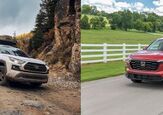

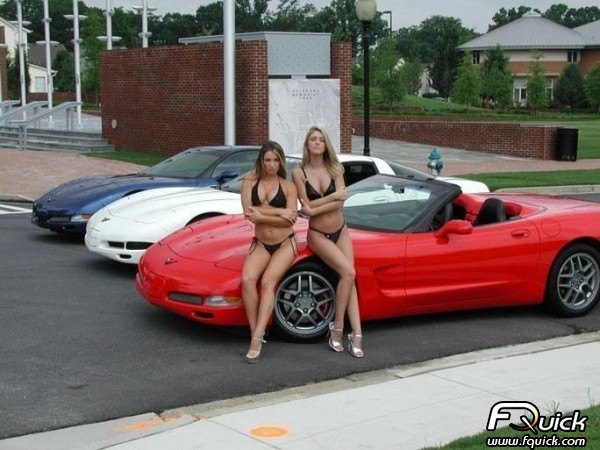














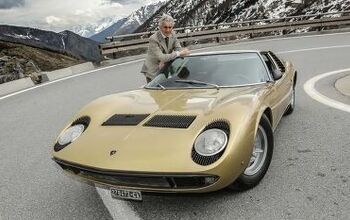
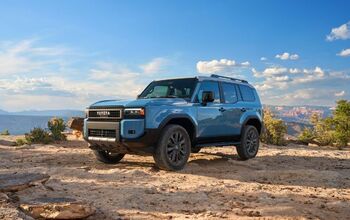




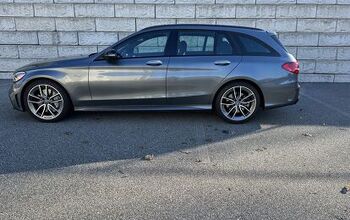

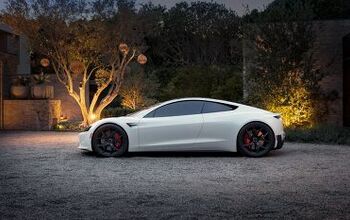
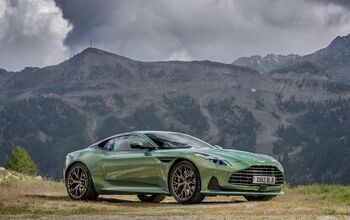
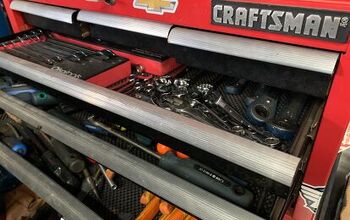


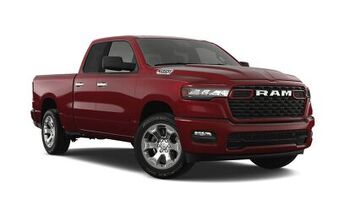
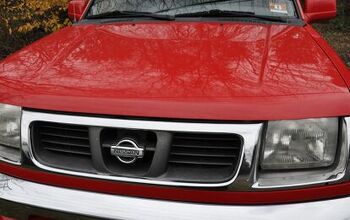

Comments
Join the conversation
What about the easy availability and dirt cheap prices of after-market speed parts? After reading Baruth's article on the Porsche 30 horse upgrade for 20 gadzillion dollars, it occurred to me that virtually ANY American V8 car can be easily and cheaply boosted to satanically-insane levels of horsepower and handling. A friend just had his newly-built 383 installed in his C4 Corvette - honest 550 dynoed horsepower - built by a local machine shop for an out the door price of $5,000. The real genius of Carroll Shelby and John Lingenfelter was figuring out how to make this simple and cheap process EXPENSIVE!
A scene from the pit paddock area at Mid-Ohio for the Grand Am race last year: A car from one of the high dollar teams was making its way back the its garage area after a qualifying run. There were lots of spectators wandering around. Most got out of the way of said car, but a family of 5 didn't see it coming. A crewman ran out from the garage and kinda shooed them away. He then ran to the garage and came back to that family with a plate of cookies for the kids. This would never happen in Europe (and yes, I've lived there).